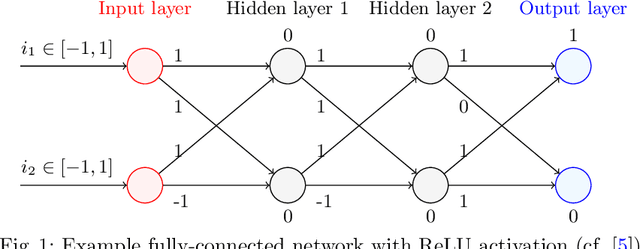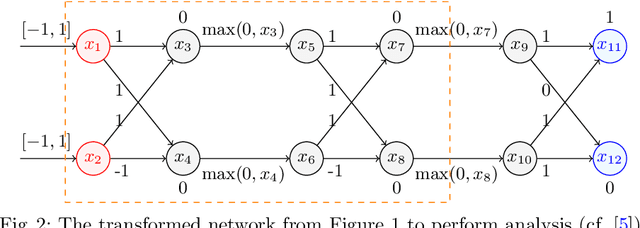Tianzuo Luo
ExploreADV: Towards exploratory attack for Neural Networks
Jan 01, 2023Abstract:Although deep learning has made remarkable progress in processing various types of data such as images, text and speech, they are known to be susceptible to adversarial perturbations: perturbations specifically designed and added to the input to make the target model produce erroneous output. Most of the existing studies on generating adversarial perturbations attempt to perturb the entire input indiscriminately. In this paper, we propose ExploreADV, a general and flexible adversarial attack system that is capable of modeling regional and imperceptible attacks, allowing users to explore various kinds of adversarial examples as needed. We adapt and combine two existing boundary attack methods, DeepFool and Brendel\&Bethge Attack, and propose a mask-constrained adversarial attack system, which generates minimal adversarial perturbations under the pixel-level constraints, namely ``mask-constraints''. We study different ways of generating such mask-constraints considering the variance and importance of the input features, and show that our adversarial attack system offers users good flexibility to focus on sub-regions of inputs, explore imperceptible perturbations and understand the vulnerability of pixels/regions to adversarial attacks. We demonstrate our system to be effective based on extensive experiments and user study.
Scalable and Modular Robustness Analysis of Deep Neural Networks
Aug 31, 2021



Abstract:As neural networks are trained to be deeper and larger, the scalability of neural network analyzers is urgently required. The main technical insight of our method is modularly analyzing neural networks by segmenting a network into blocks and conduct the analysis for each block. In particular, we propose the network block summarization technique to capture the behaviors within a network block using a block summary and leverage the summary to speed up the analysis process. We instantiate our method in the context of a CPU-version of the state-of-the-art analyzer DeepPoly and name our system as Bounded-Block Poly (BBPoly). We evaluate BBPoly extensively on various experiment settings. The experimental result indicates that our method yields comparable precision as DeepPoly but runs faster and requires less computational resources. For example, BBPoly can analyze really large neural networks like SkipNet or ResNet which contain up to one million neurons in less than around 1 hour per input image, while DeepPoly needs to spend even 40 hours to analyze one image.
 Add to Chrome
Add to Chrome Add to Firefox
Add to Firefox Add to Edge
Add to Edge